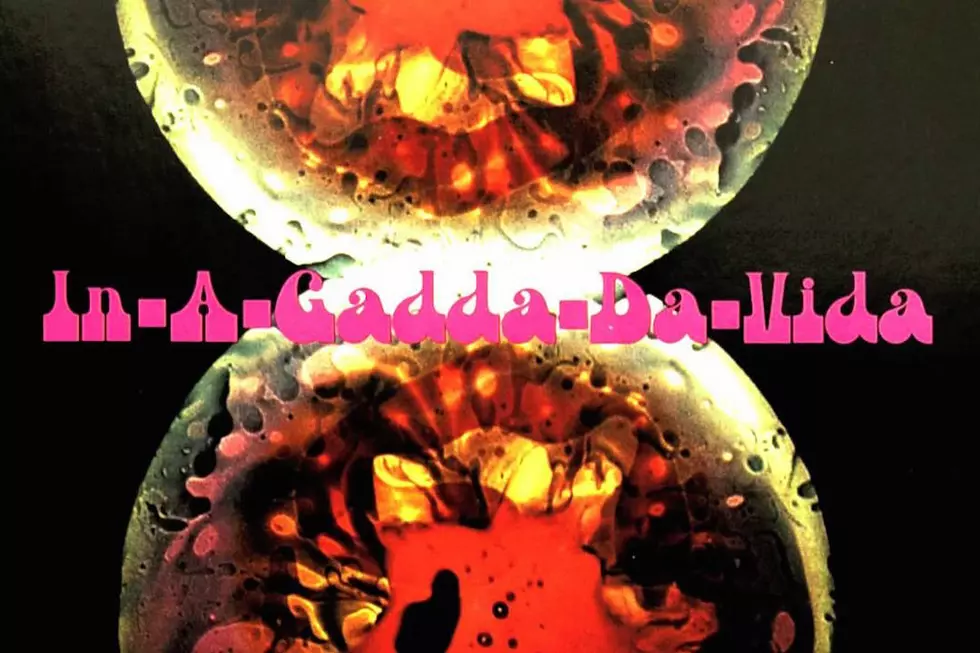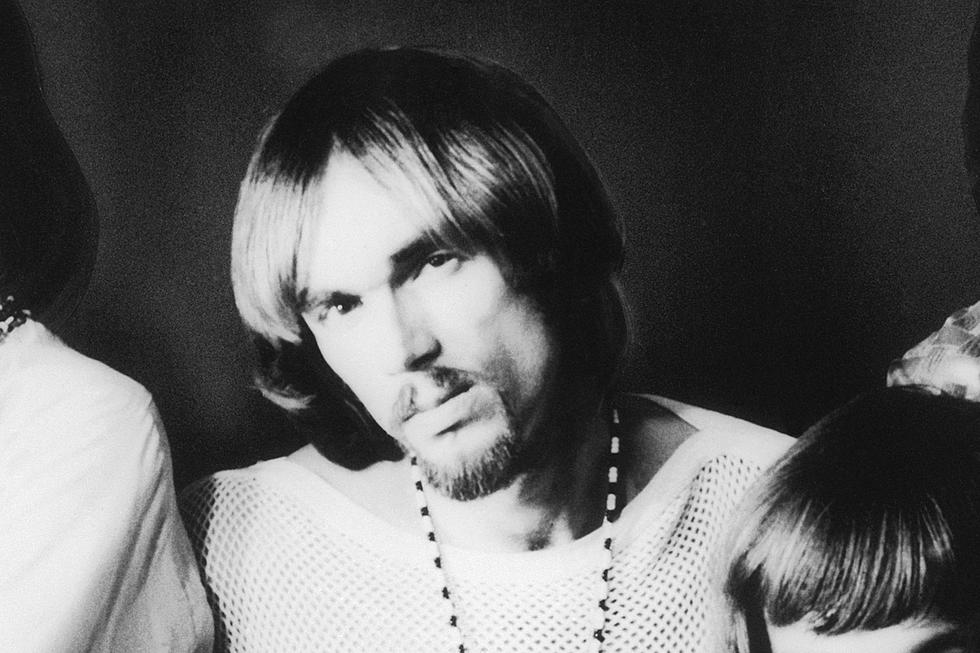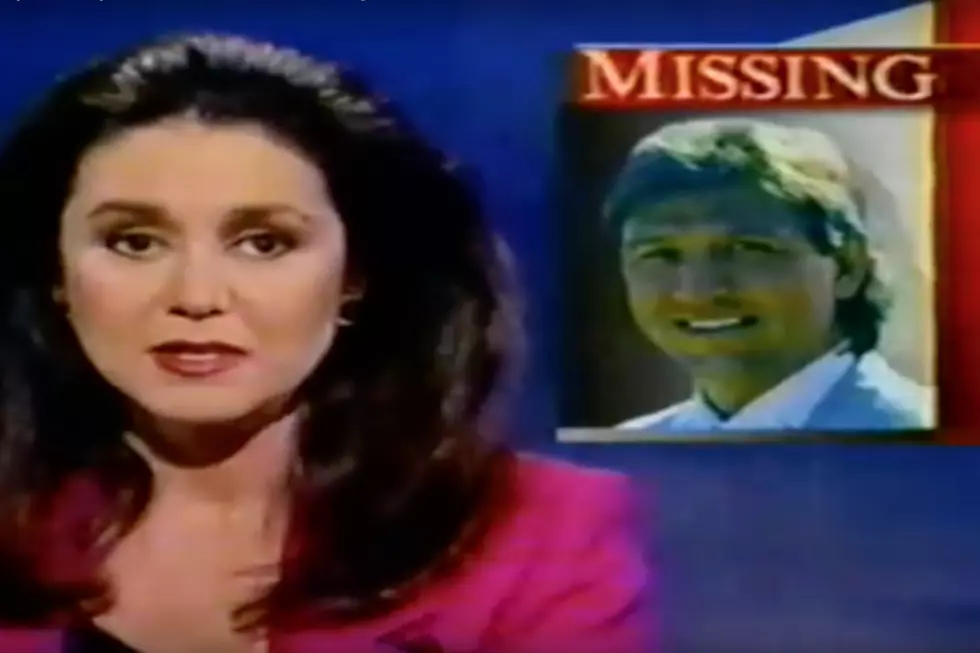
How the Epic ‘In-a-Gadda-Da-Vida’ Defined Iron Butterfly
Iron Butterfly's "In-a-Gadda-Da-Vida," has become a comedic punchline over the years, a whipping boy for the overblown and pretentious aspects of rock 'n' roll. But strip away the years of abuse and there's a classic.
The band grew out of the Los Angeles scene of the mid-'60s. Iron Butterfly's sound blended the dramatic sense of the early Doors with the garage spirit of the Seeds and the Music Machine. Their first album, 1967's Heavy, was full of three-minute nuggets that carried a hint of psychedelia and a shade of melancholy. The baritone vocals of Doug Ingle set them apart from much of their peers – besides Jim Morrison and the Music Machine's late frontman Sean Bonniwell, there weren't many others singing in that lower range.
Heavy scraped the bottom of the Top 100, but ultimately made no dent in the public ear. Iron Butterfly was having internal issues, as well. Band leader Ingle and drummer Ron Bushy regrouped with new members and forged ahead with album number two. Released on June 14, 1968, In-a-Gadda-Da-Vida quickly became hot property, even as a severely edited version (2:53) of the title track went Top 40.
The album kicks off with the garage-rocking "Most Anything You Want," which really sounds like the Music Machine in full bloom. A killer hook and riff plus a nasty fuzz guitar solo push the song, as Ingle's organ runs fit in perfectly. "Flowers And Beads" quickly follows in a bouncy pop style not unlike the Doors' lighter moments. "My Mirage" is a heady psychedelic romp, with ominous organ setting the tone. Guitarist Erik Brann dishes out some sharp playing throughout, and the vocal harmonies elevate the song nicely.
"Termination" is a fuzzed-out rocker with a hard-edged riff, with more ace playing from Brann, who also handles the lead vocal. Side one ends with the organ-dominated "Are You Happy?" Its swing-like rhythm rolls along until a mid-song tempo change takes the song into full-on hard rock mode, as guitar and bass duel it out. A snarling guitar then takes off in full flight.
Listen to Iron Butterfly Perform 'In-a-Gadda-Da-Vida'
On side one, all the songs are mostly straight-ahead rockers, clocking in between three and five minutes each. Side two, however, was an animal all its own. The title song takes up the whole of the second side of the original LP, and is where the album's legend was made and still stands.
For just over 17 minutes, the listener is delivered a relentless riff that builds and builds as the organ, bass and drums weave in and around. An unbreakable mood is created as the song travels on. There is no true virtuosity going on here, but all the players have a distinct feel for what each other are doing, and it all blends perfectly. Perfectly, that is, until somewhere around minute seven, when it's drum solo time.
Here's where we find fault with "In-a-Gadda-Da-Vida": The solo goes nowhere and takes a fair amount of time getting there. Finally, the other players start to creep back in, and the tension builds as the players all go at it, as if fighting for supremacy. More nasty guitar work bellows out and the riff eventually takes over again. At around minute 15, it's time for another verse and chorus, bringing the song to its conclusion.
Iron Butterfly were not the first to take a stab at a side-long track. In 1966, Bob Dylan issued the far-more-lyrical "Sad-Eyed Lady of the Lowlands," which took up a side of Blonde on Blonde, though it was a mere 11 minutes. On side two of their 1967 album Da Capo, Love dished out "Revelation" which was nearly 19 minutes of relentless blues riffing. The Seeds had the 14-plus minutes of "Up in Her Room," and the Rolling Stones had given the world the 11-minute blues romp of "Goin' Home" on Aftermath.
None, however, became the cultural phenomenon that "In-a-Gadda-Da-Vida" did.
Iron Butterfly found commercial success as In-a-Gadda-Da-Vida quickly went gold and then – over the years – sold millions and millions more. Call it pretentious or overblown, but the album captured a specific moment in rock 'n' roll's culture. Even today, it still makes for great late-night listening.
Bands That Reunited Without Their Lead Singer
More From Ultimate Classic Rock









